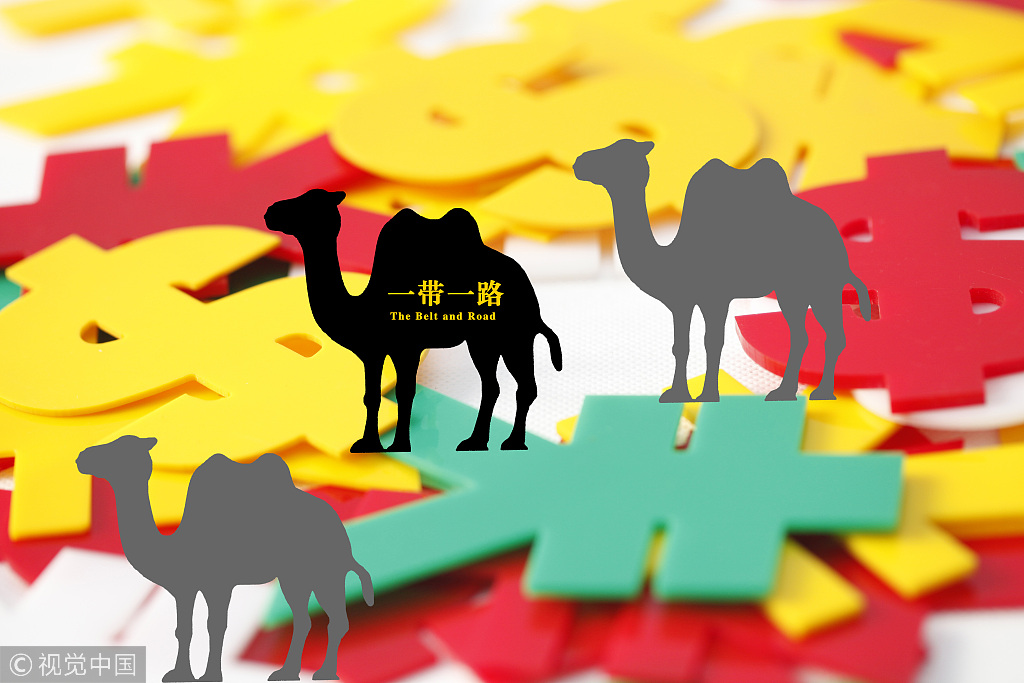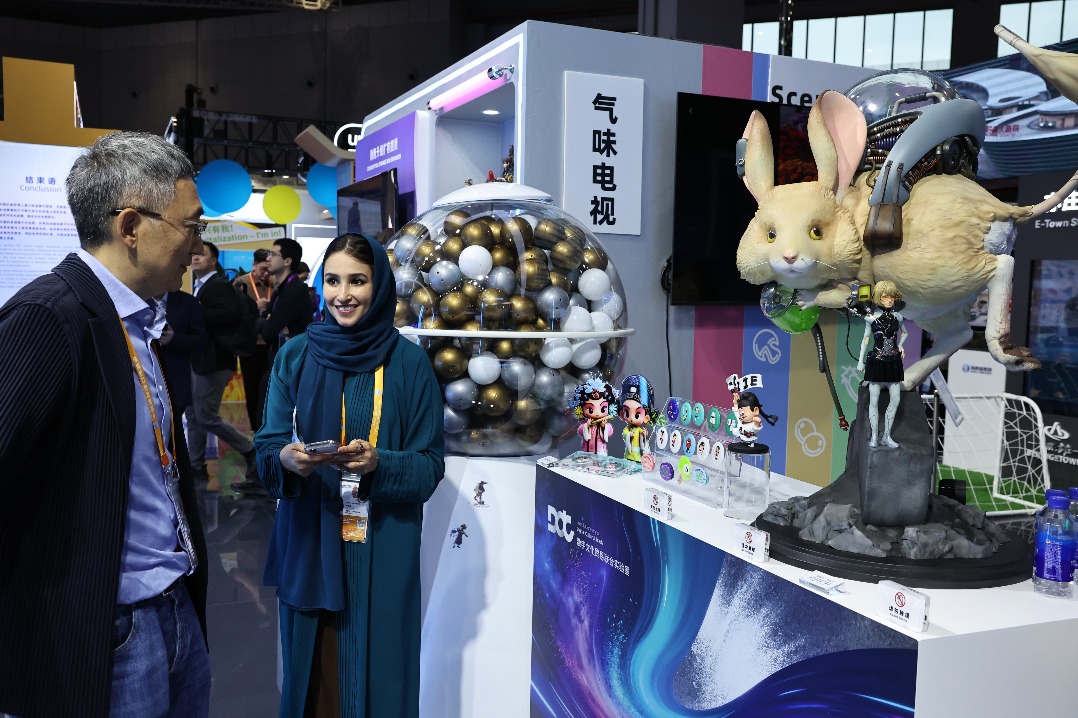China's Belt and Road Initiative to continue gaining traction in ASEAN countries: AMRO economist


MANILA - China's trade with countries along the route of the Belt and Road Initiative has grown significantly over the years, especially with the 10 ASEAN member countries, and the trend will continue to gain traction, chief economist of a regional economic surveillance unit said on Thursday.
Hoe Ee Khor, chief economist of the ASEAN+3 Macroeconomic Research Office (AMRO), said in an interview with selected reporters that China's Belt and Road Initiative can fill the massive infrastructure gap in the region.
The ASEAN+3 comprises the 10 Association of Southeast Asian Nations (ASEAN) member states, and China, Japan and South Korea. The 10 member states of ASEAN are Indonesia, Thailand, Vietnam, Singapore, Malaysia, the Philippines, Myanmar, Cambodia, Laos and Brunei.
Khor said since the Asian financial crisis, the region has been underinvesting in infrastructure. "They have been investing 2.5 percent when they should be doing 6 percent - so there's a gap of 3.5 percentage point," he said, citing the poor infrastructure development in countries like the Philippines and Indonesia.
According to the ASEAN+3 Regional Economic Outlook (AREO) 2018, AMRO's annual regional surveillance publication released the same day, the top 10 trade partners with China long the route of Belt and Road Initiative are Vietnam, Malaysia, Thailand, Singapore, India, Russia, Indonesia, the Philippines, Saudi Arabia and United Arab Emirates, six of which are in ASEAN+3 region.
Moreover, Khor said the initiative can also help increase connectivity across the region and help support the tourism industry in the region.
He said tourism is a driver of growth in the region, adding that the countries that benefit the most from tourism are countries with good infrastructure like Thailand, South Korea and Japan.
Khor said he sees more projects financed within the framework of the Belt and Road Initiative will be implemented in the coming years, citing the ambitious high-speed railway project in Laos and a similar rail link project in Malaysia.
He said the initiative will also spur other countries to come up with their own initiatives. "Japan has now come out with its own initiative as well on infrastructure spending, and I think this is always good for the region," Khor said.
Proposed in 2013, the Silk Road Economic Belt and the 21st Century Maritime Silk Road aims to build trade and infrastructure networks connecting Asia with Europe and Africa on and beyond the ancient Silk Road routes.
AMRO was established as a surveillance unit based in Singapore to monitor economies in the region in a bid to contribute and secure the economic and financial stability of the ASEAN+3 region.
- Economists say Asia will ride B&R to robust growth in future
- Belt & Road drives new overseas consumer market
- Seminar sees Belt and Road Initiative opportunity for New Zealand, Oceania
- Belt and Road initiative connects Chinese dream to Greek dream: Chinese ambassador
- China Datang to further tap B&R nations by expanding overseas




































